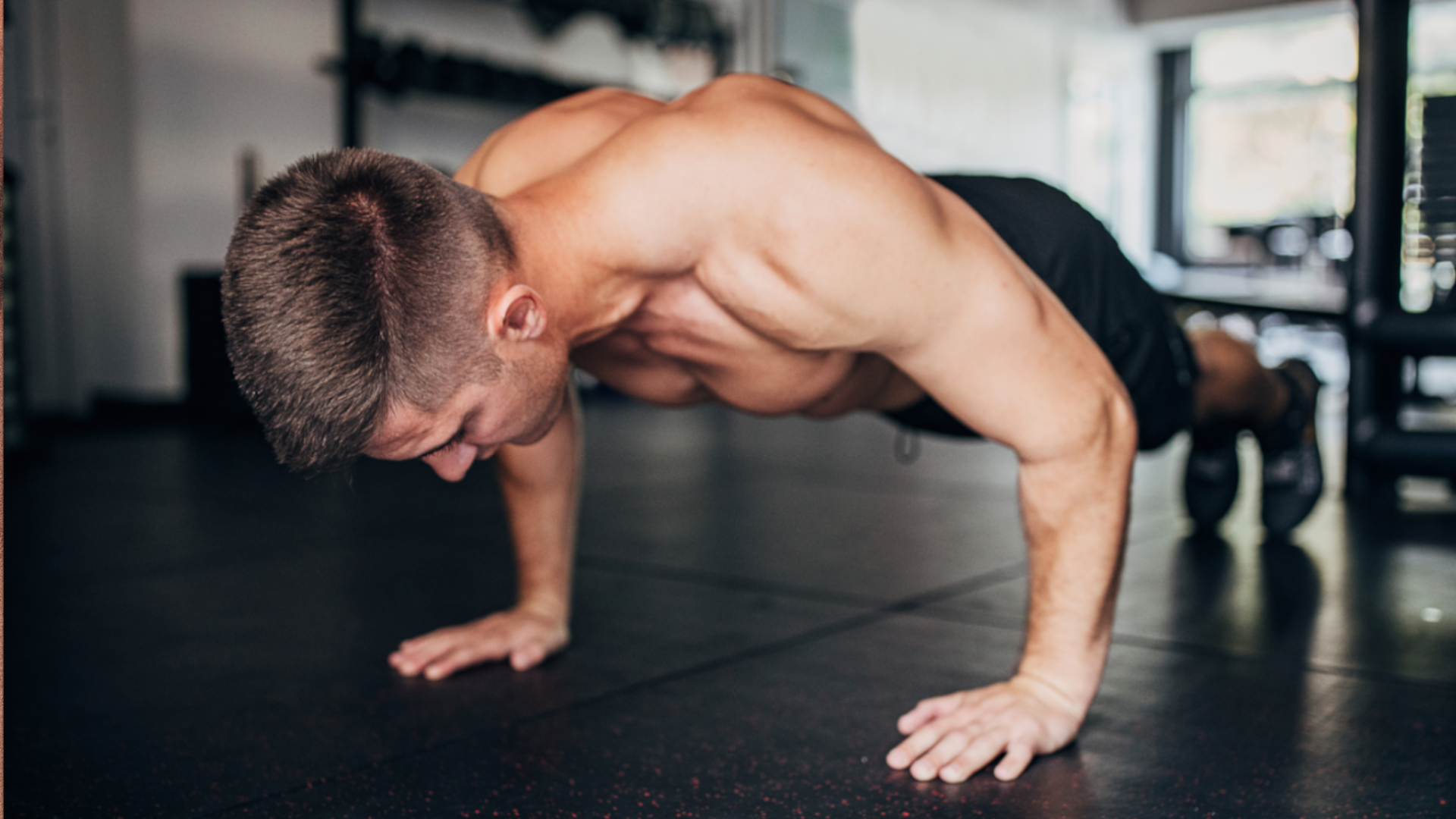

It may be simple, it may not require any equipment, but the push up is one of the most effective bodyweight exercises. This compound movement works a multitude of upper body muscles with the main focus on the chest, shoulders, triceps and core. If stronger pecs are therefore what you’re after, then they should be a staple in your programme.
But, let's be honest, simple doesn’t equate to ‘easy’ and learning how to master the push up with the correct form is far from that. Do it wrong and you won't reap its full benefits, not to mention you're increasing your chances of injury.
If you’re determined to become a pro, there are hacks you can do to make push ups easier. However, if you’d rather focus your attention elsewhere then there are plenty of alternative exercises out there that can provide you with exact same benefits. These are the five we'd recommend...
1. Incline push up
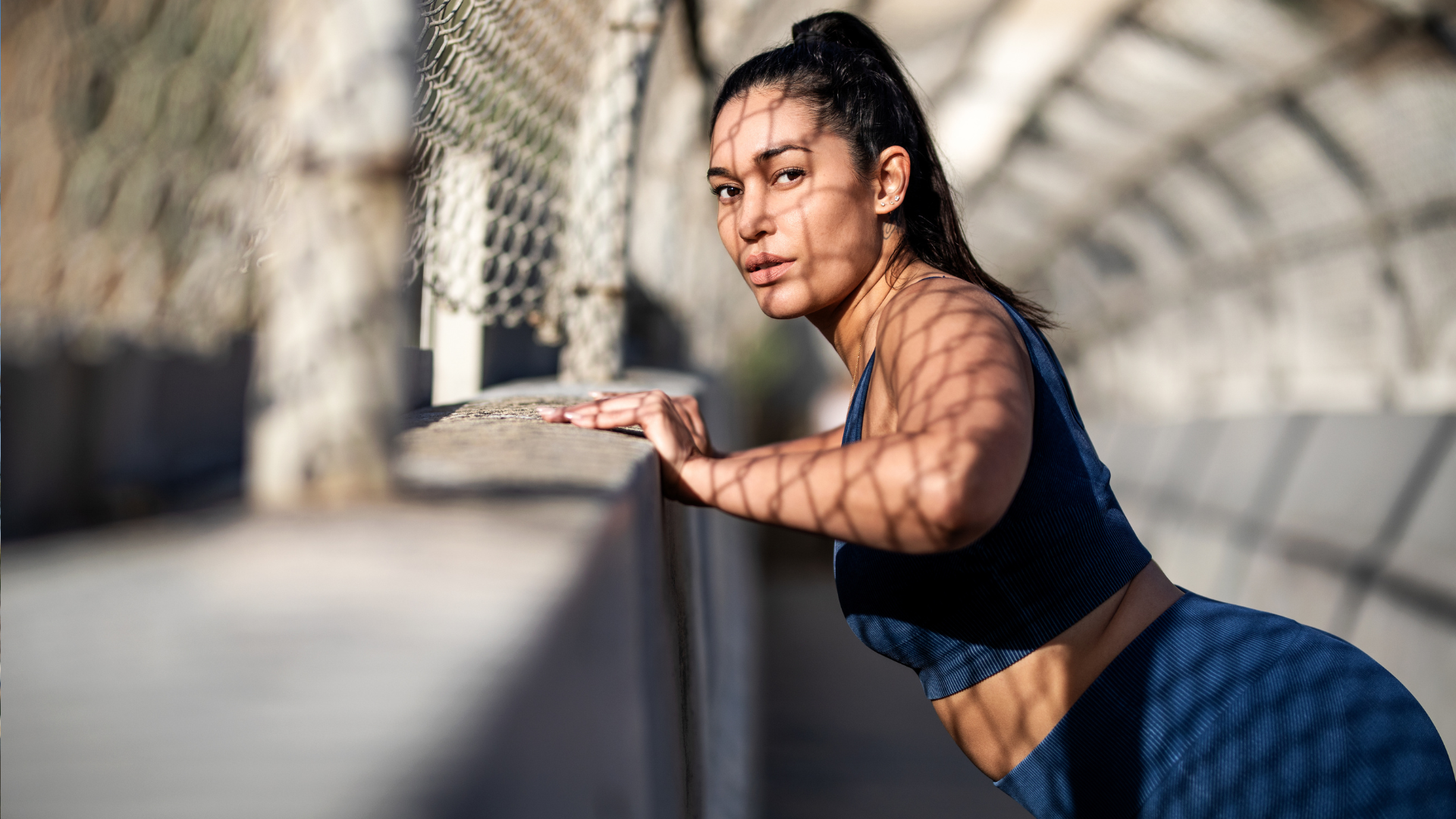
Ok, so this may be a variation of the push up but, trust us, an incline push up is a lot easier than a regular push up. It’s one of the best push up alternatives as it actually targets the exact same muscles, but places even more emphasis on the chest and less on your arms and shoulders. You don’t need any equipment for it either, you can just use a wall, stairs, or even a table. The greater the incline, the easier it will be to perform.
2. High plank
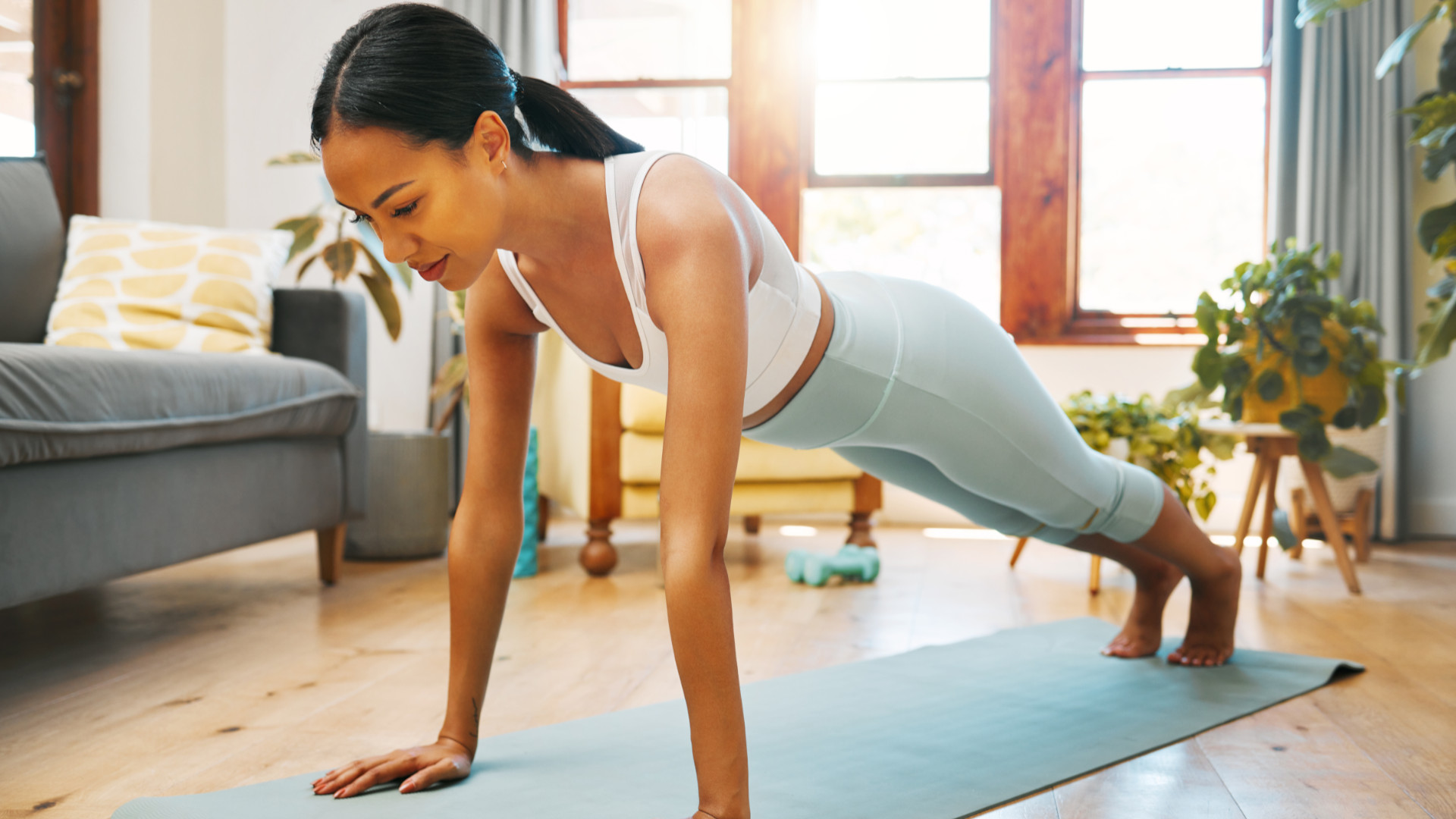
People often mistake the plank for being just a core strengthening exercise, but this bodyweight movement also targets many muscles including your chest, shoulders, legs and forearms. As the high plank sets you up in the push up position, it’s a good way to improve your push up form (if you're still determined to nail them). Whether you’re looking to develop your chest or not, it’s an exercise that should be included in all training programmes.
3. Dumbbell chest press
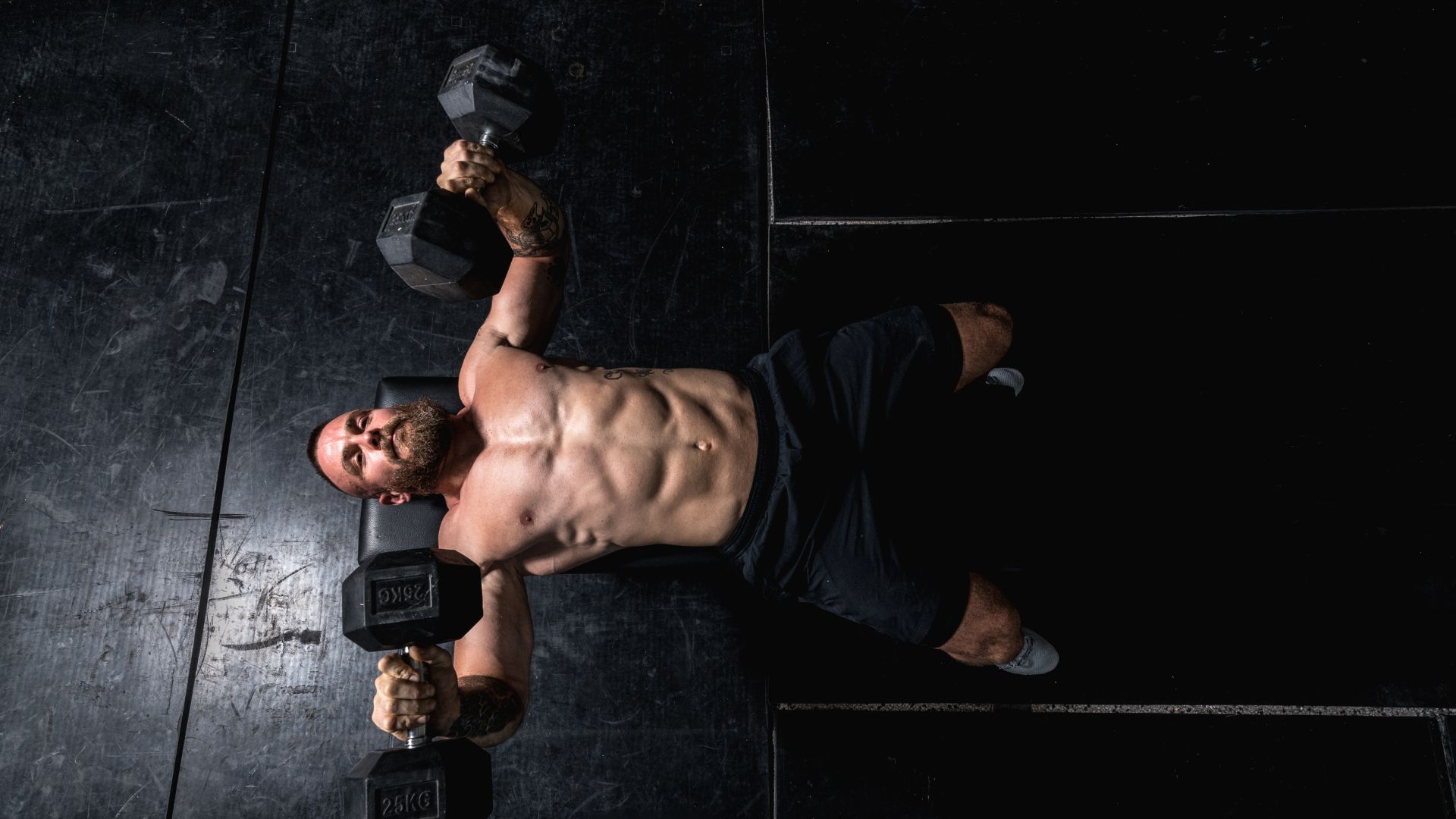
This classic strength exercise is loved amongst bodybuilder and powerlifter crowds and is great for building the chest, triceps, shoulders and core. Perform it either on a weight bench or, if you don’t have one, take it to the floor, which actually makes it a lot easier as your range of motion is shortened. Plus, this will allow you to press more weight, meaning bigger gains.
4. Seated shoulder press
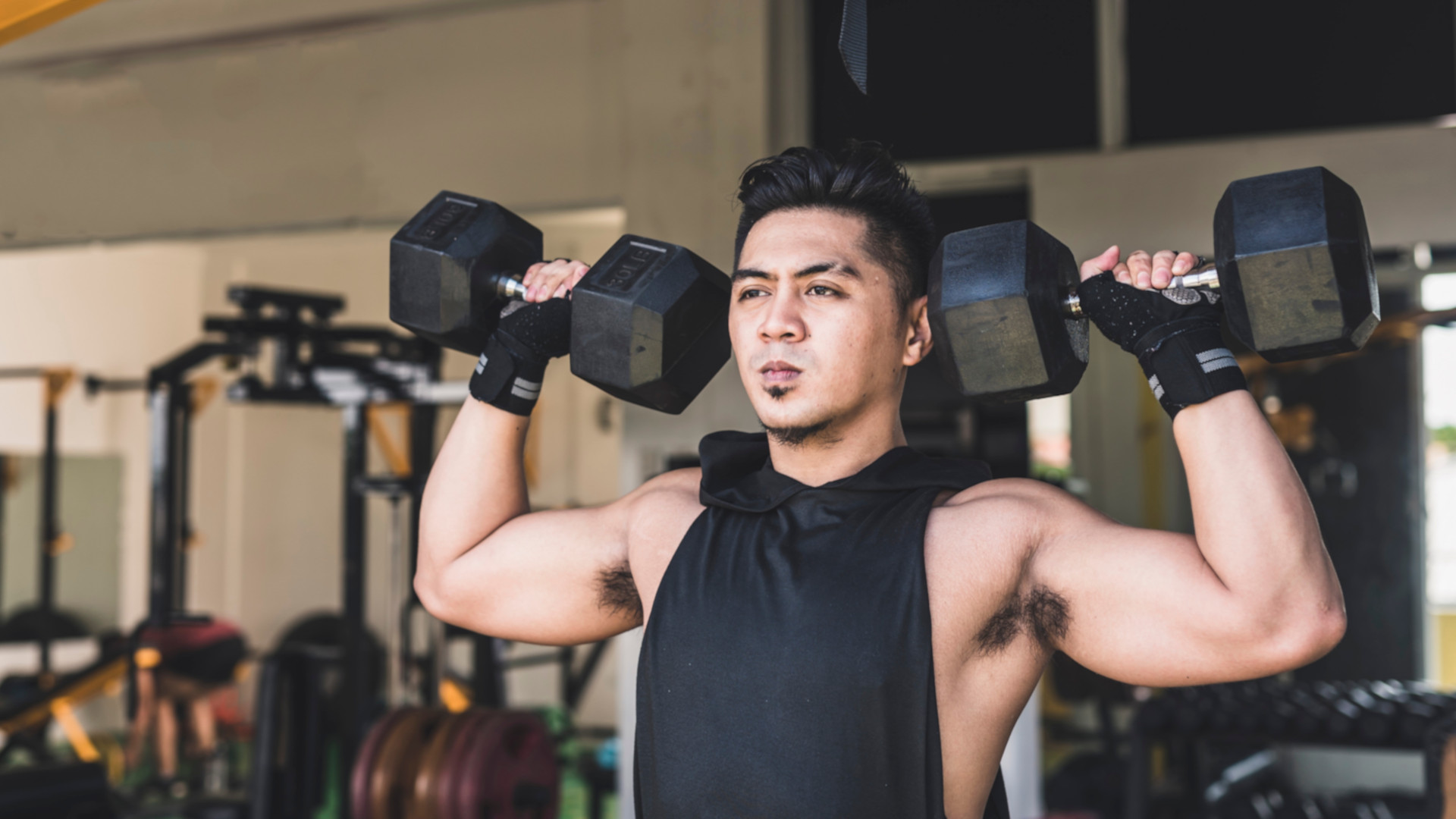
As well as hitting the deltoids, the seated shoulder press works your upper chest and triceps. Performing this seated, as opposed to standing, is easier as your back, shoulders and glutes have more stability, which means your core doesn’t need to support you as much. Again, this means you’ll be able to lift a lot heavier. It’s usually performed with a pair of dumbbells, but if you don’t have any, then a resistance band would work just as well.
Sign up to the T3 newsletter for smarter living straight to your inbox
Get all the latest news, reviews, deals and buying guides on gorgeous tech, home and active products from the T3 experts
5. Chest dips
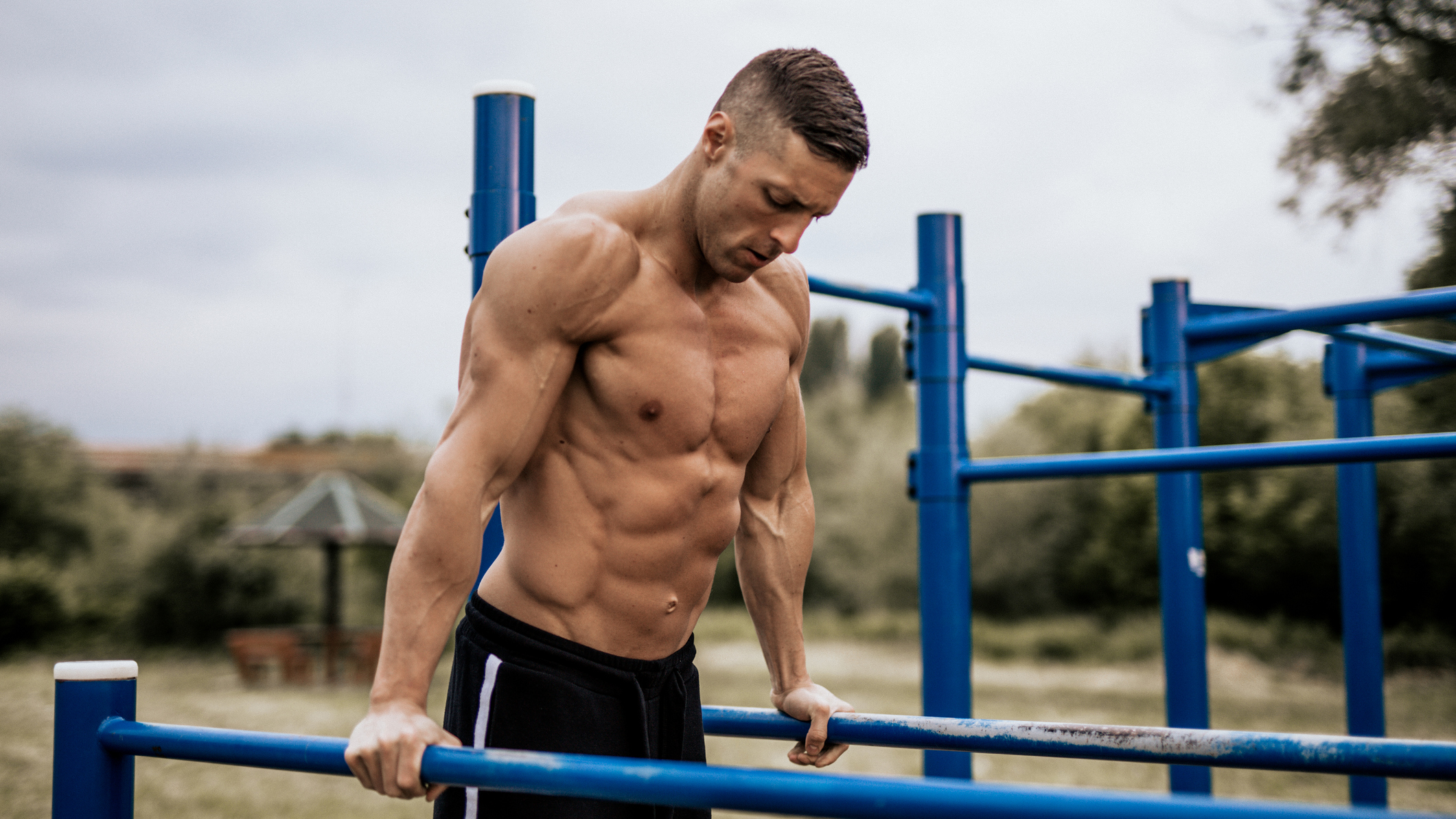
Chest dips are a great alternative to the push-up and target almost the identical muscles – the chest, shoulders and triceps. These are arguably just as hard as a push up, but one way to make them easier is by incorporating a resistance band. After that, you can move onto your bodyweight and then eventually use a weight belt. If you’re at home, you'll need two parallel surfaces to perform these, or you could always head down to the park and use the climbing frame bars.

Bryony’s T3’s official ‘gym-bunny’ and Active Staff Writer, covering all things fitness. She recently completed her Level 3 PT qualification with the PFCA to bring a deeper understanding of training techniques, fitness trends, and wellness advice to her writing. In her spare time, you will find her in her natural habitat - the gym - where her style of training is a hybrid of bodybuilding and powerlifting. Bryony loves writing about accessible workouts, nutrition and testing innovative fitness products that help you reach your fitness goals and take your training to the next level.
-
 This smart home gadget can tell you when to water, feed and move your houseplants
This smart home gadget can tell you when to water, feed and move your houseplantsStress-free plant care? Yes please
By Lizzie Wilmot
-
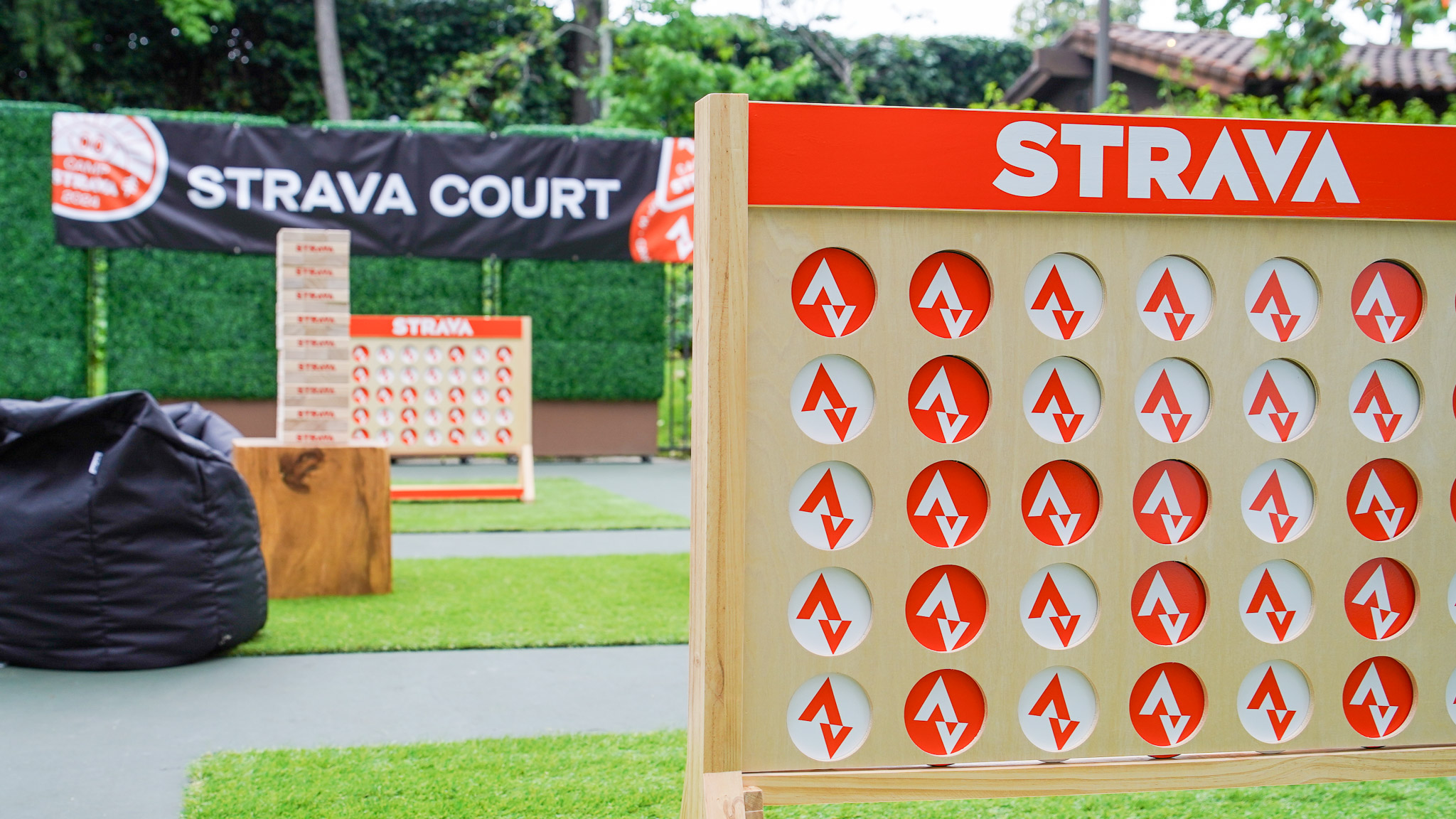 Strava just bought Runna and we got the inside story from both CEOs
Strava just bought Runna and we got the inside story from both CEOsNo, Runna isn’t going anywhere – and no, your subscription won’t get more expensive (for now)
By Matt Kollat